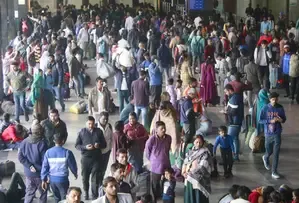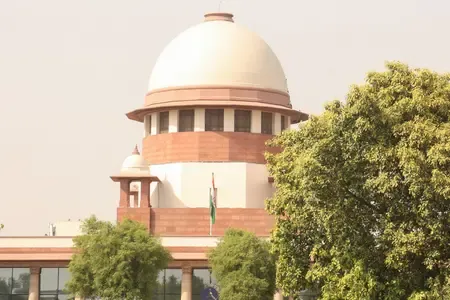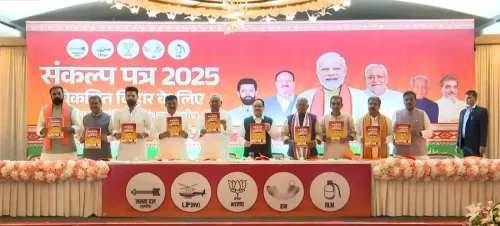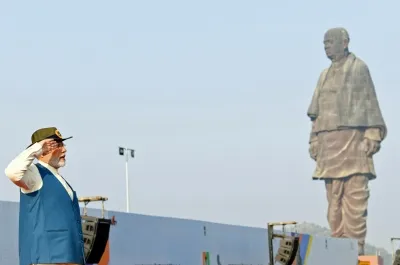RITES to Create Permanent Holding Areas at New Delhi Railway Station

Synopsis
Key Takeaways
- RITES is creating holding areas at major stations.
- Focus on improving passenger movement and safety.
- Initial design locations include New Delhi, Anand Vihar, among others.
- Advanced monitoring and crisis management training for staff.
- Integration with the Amrit Stations Redevelopment Programme.
New Delhi, Feb 19 (NationPress) The Rail India Technical and Economic Service (RITES) has been assigned the responsibility of crafting permanent holding areas at prominent railway stations, including New Delhi Railway Station, as part of a strategy to improve passenger flow and enhance crowd management.
Railway Minister Ashwini Vaishnaw revealed this initiative after a discussion with the RITES team, led by Chairperson Rahul Mittal, on Wednesday.
This project aims to mitigate overcrowding at critical transit points, especially in stations with high passenger volume.
The Railway Ministry indicated that RITES will first focus on designing holding areas at New Delhi Railway Station, Anand Vihar, Ghaziabad, Varanasi, and Ayodhya, which are all significant hubs experiencing substantial passenger traffic.
These specially designated zones will facilitate better crowd control, ensuring safer and more organized processes for boarding and deboarding.
“Once the model is approved, it will be implemented at 60 high-footfall railway stations nationwide,” the Ministry stated.
All unauthorized access points to these stations will also be permanently closed to enhance security and streamline movement.
The holding areas will be integrated into the Amrit Stations Redevelopment Programme, a key initiative aimed at modernizing crucial railway stations with improved infrastructure, enhanced passenger facilities, and better safety protocols.
This decision follows the recent tragic stampede at New Delhi Railway Station, which resulted in over 18 fatalities and left dozens injured.
In response to this incident, the Railway Ministry has outlined a series of crowd management reforms to avert future occurrences.
The Ministry noted that advanced monitoring systems will be introduced to observe passenger density, particularly during train delays. Local railway officials will receive specialized training in situational awareness and crisis management.
Stricter enforcement of entry and exit protocols to regulate station access is also planned.
The Ministry stressed that these reforms form part of a broader strategy to enhance passenger safety, optimize station operations, and ensure smooth transit at some of India’s busiest railway hubs.









